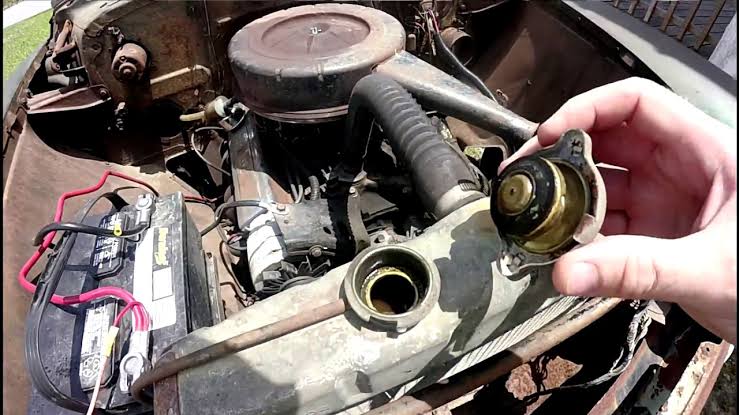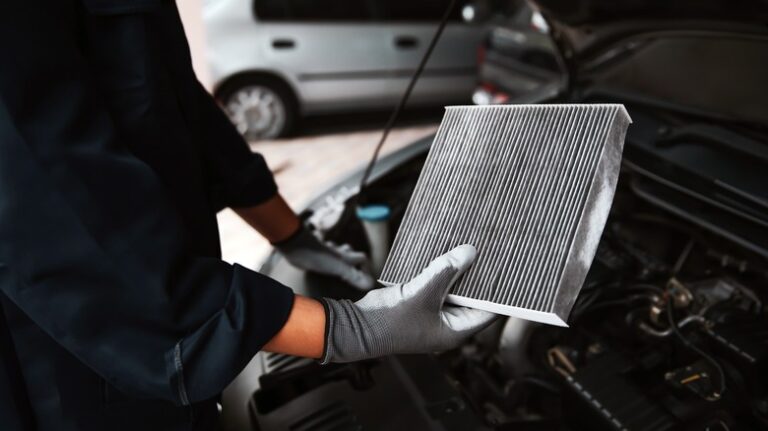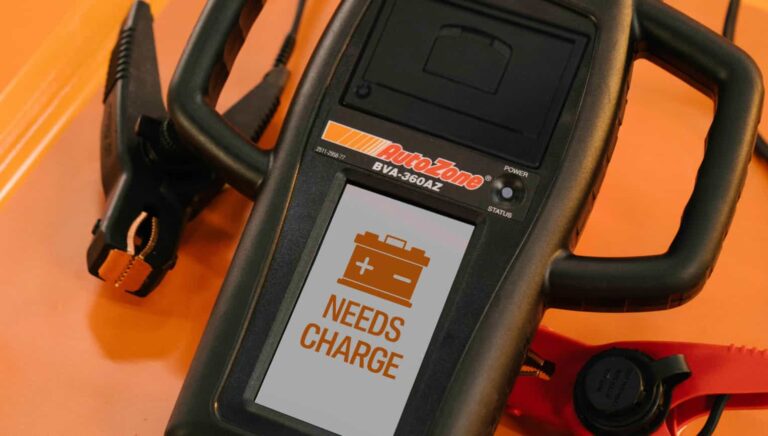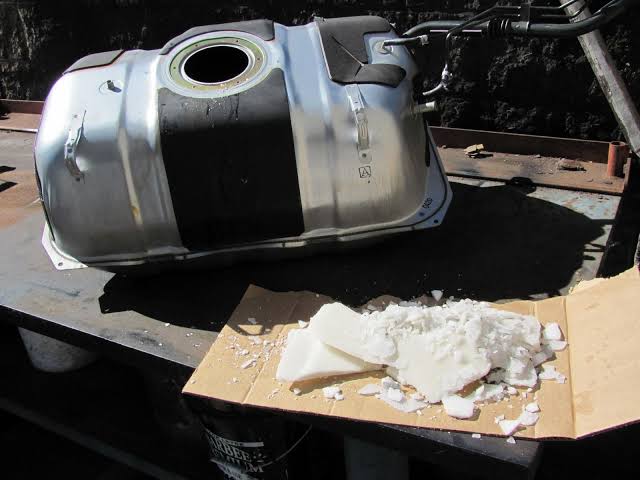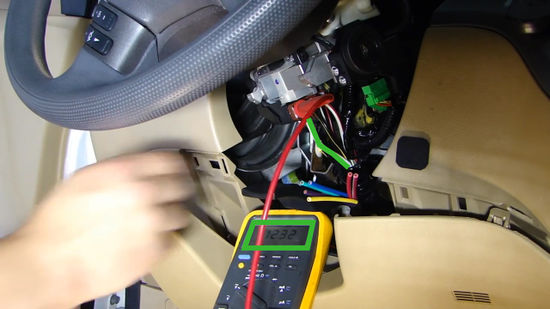Can Car Horns Run Out?

Car horns are one of the most important safety features in a vehicle, allowing drivers to alert others of their presence or warn of potential danger. But like any component in a car, the car horn can experience issues over time. A common question is: “Can car horns run out?” The answer is not as straightforward as you might think. While a car horn doesn’t technically “run out” in the traditional sense, it can fail or degrade over time.
In this article, we’ll explore whether a car horn can fail, the reasons behind a horn malfunction, and how to troubleshoot or repair it.
How Do Car Horns Work?
Before understanding why a car horn may stop working, it’s important to know how it operates. A car horn is an electrical component that’s typically connected to the vehicle’s battery and activated when you press the horn button. The horn consists of two main parts:
- The horn switch: Usually located in the center of the steering wheel, this switch completes the circuit and sends power to the horn when pressed.
- The horn itself: The actual horn unit typically uses an electromagnet to vibrate a diaphragm or air chamber to create sound.
When the horn switch is pressed, power flows through the circuit, energizing the horn. The vibrating diaphragm or air chamber produces the loud sound that alerts others.
Reasons Why a Car Horn May Stop Working
A car horn doesn’t “run out” in the traditional sense, but several factors can cause it to malfunction or stop working. Here are some of the most common reasons for a non-functioning car horn:
1. Blown Fuse
A blown fuse is one of the most common reasons why a car horn may stop working. Fuses protect the vehicle’s electrical system by preventing overloads. If the horn draws too much power or experiences an electrical surge, the fuse will blow, cutting power to the horn.
2. Faulty Horn Relay
The horn relay is responsible for switching the electrical current to the horn when the button is pressed. If the relay fails, the horn won’t receive power, and it won’t sound. This is a common issue in older cars.
3. Worn-Out Horn
The horn itself may degrade over time, especially in vehicles with a lot of use. The internal components of the horn, such as the diaphragm or air chamber, may wear out, leading to a muffled or non-functioning horn.
4. Wiring Issues
The wiring that connects the horn to the power source can become corroded, damaged, or loose over time, preventing the horn from receiving the electrical signal it needs to sound. This is more likely in areas with high humidity or road salt exposure.
5. Faulty Horn Switch
The horn switch, typically located in the center of the steering wheel, could malfunction or get stuck. If this happens, pressing the horn button won’t complete the circuit, and the horn won’t activate.
6. Low Voltage or Dead Battery
If your car’s battery is weak or dead, it may not supply enough voltage to power the horn. This is particularly noticeable if the horn sounds weak or intermittently.
7. Corroded Horn Contacts
Over time, the contacts inside the horn can become corroded, especially if exposed to moisture. This corrosion can interrupt the electrical connection, causing the horn to fail.
How to Diagnose a Car Horn That’s Not Working
If your car horn isn’t working, there are several steps you can take to diagnose the issue:
1. Check the Fuse
The first step is to check the fuse. If the fuse is blown, replace it with one of the same amperage. Fuses are usually located in the fuse box, which can be found under the dashboard or in the engine bay, depending on your vehicle.
2. Test the Horn Relay
If the fuse is intact, the next step is to test the horn relay. A mechanic can do this with a multimeter to see if it’s sending power to the horn. If the relay is faulty, it may need to be replaced.
3. Inspect the Wiring
Check for any visible signs of damage, fraying, or loose connections in the wiring leading to the horn. If you find damaged wiring, repair or replace it as needed.
4. Test the Horn Switch
If the fuse and relay are functioning, the issue may lie with the horn switch itself. You can test the switch by removing the horn pad and checking for continuity in the wiring.
5. Examine the Horn Itself
If all other components are in working order, the problem may be with the horn itself. You can test the horn by directly connecting it to a power source (such as the battery) to see if it works. If the horn doesn’t sound, it may need to be replaced.
6. Test Battery Voltage
Check the voltage of your vehicle’s battery. If the voltage is low, the horn might not get enough power to function correctly. Ensure the battery is fully charged or replace it if necessary.
Can a Car Horn Be Fixed or Does It Need Replacing?
In many cases, a malfunctioning car horn can be fixed. If the issue is a blown fuse, faulty relay, or worn-out wiring, these components can typically be repaired or replaced relatively easily. However, if the horn itself is damaged or corroded beyond repair, it will need to be replaced.
Steps to Replace a Car Horn:
- Disconnect the Battery: Always disconnect the negative terminal of the battery before working with electrical components.
- Locate the Horn: The horn is typically located behind the front bumper, though the exact location can vary depending on your vehicle.
- Remove the Old Horn: Unscrew or unbolt the old horn from its mounting bracket. Disconnect the electrical connector.
- Install the New Horn: Position the new horn in the same location, connect the electrical connector, and secure it with bolts.
- Reconnect the Battery: Once the new horn is in place, reconnect the battery and test the horn to make sure it works.
Conclusion
While a car horn doesn’t technically “run out” in the way fuel or other consumables do, it can fail or stop working due to issues like a blown fuse, faulty relay, damaged wiring, or a worn-out horn. Fortunately, diagnosing and fixing a non-functioning horn is usually a straightforward process. In some cases, it may require replacing the horn or other related components.
If you find that your car horn isn’t working, start by checking the fuse, relay, and wiring, and replace any damaged or worn-out parts. If the issue is with the horn itself, replacing it is usually the best option. Always remember that a working horn is essential for your safety and communication on the road, so make sure to address any issues promptly.
